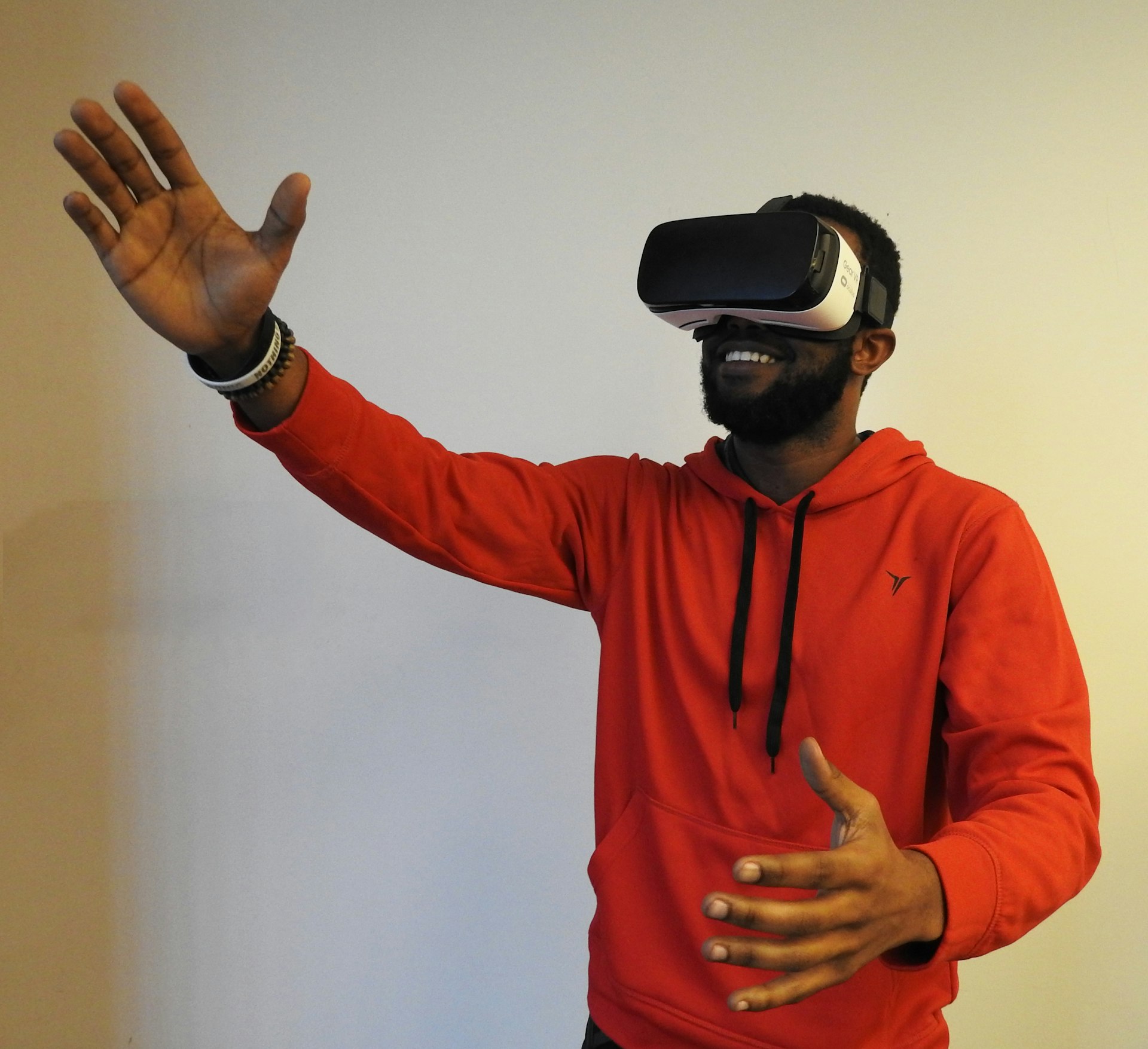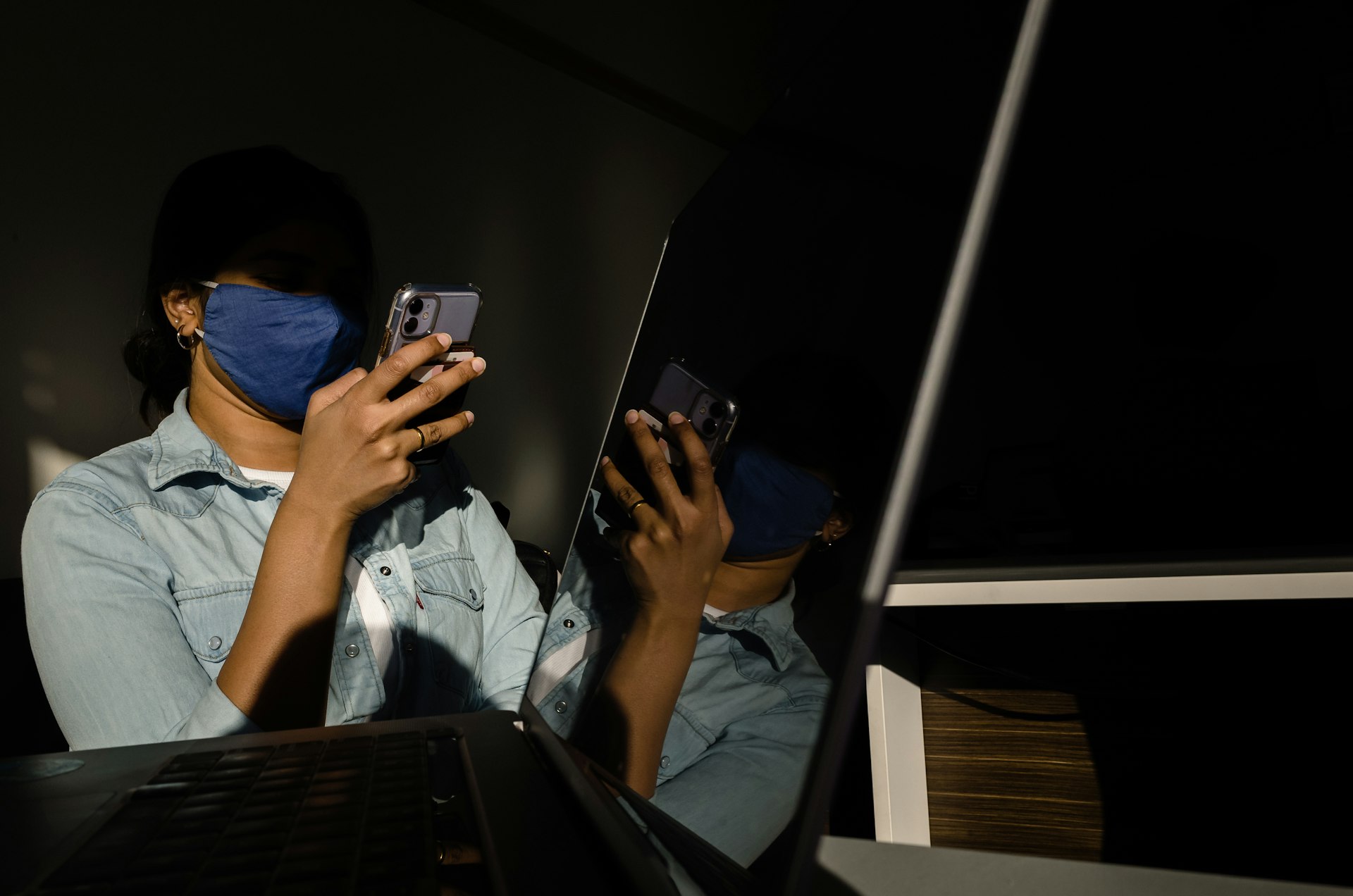Unlocking Opportunities: The Impact and Access of Cultural Diversity in Film and Television

Photo by Aneta Pawlik on Unsplash
Introduction: The Evolving Landscape of Cultural Diversity in Media
Cultural diversity in film and television has become a significant driver of innovation, representation, and global storytelling. The inclusion of varied backgrounds, ethnicities, and worldviews not only enhances creative expression but also offers audiences richer, more authentic experiences. Today, both creators and viewers are increasingly aware of the impact that diverse perspectives bring to the screen. This article explores the key benefits, real-world examples, pathways to accessing diverse content, and actionable steps for those seeking to engage with or advocate for cultural diversity in media.
The Benefits of Cultural Diversity in Film and Television
Cultural diversity yields numerous advantages for both audiences and the industry itself. When creators reflect a spectrum of backgrounds and experiences, stories become more relatable and inclusive. This fosters a sense of belonging among viewers who may have previously felt marginalized or underrepresented. Research by McKinsey & Company found that films with diverse casts are more likely to succeed at the box office, reflecting widespread audience demand for authentic stories [1] . Furthermore, exposure to multicultural narratives can reduce stereotypes, promote empathy, and broaden worldviews, benefiting society as a whole [2] .
Key Examples of Cultural Diversity on Screen
Numerous films and television shows have successfully portrayed cultural diversity, often breaking new ground and achieving critical acclaim. For instance, “Coco” explores Mexican traditions through the lens of family and music [3] , while “Bend It Like Beckham” addresses the challenges faced by a South Asian British teen balancing cultural expectations and personal passions [2] . Documentaries such as “The Eagle Huntress” highlight the intersection of gender and culture in Mongolia, inspiring audiences worldwide [5] .
Children’s programming has also embraced diversity, with movies like “Moana” and “Lilo & Stitch” bringing Polynesian and Hawaiian stories to global audiences [4] . Series such as “Master of None” and “Insecure” have redefined representation for Asian-American and African-American communities, demonstrating the demand for nuanced portrayals of underrepresented groups.
How to Access Diverse Film and Television Content
Individuals seeking to experience culturally diverse content can take several practical steps:

Photo by Nicolas J Leclercq on Unsplash
- Streaming Platforms: Major services like Netflix, Amazon Prime Video, and Disney+ offer curated collections and recommendations highlighting international, multicultural, and minority-led films. Use search terms such as “multicultural movies,” “international films,” or “diverse TV shows.”
- Film Festivals: Events like the Sundance Film Festival, Toronto International Film Festival, and Tribeca Film Festival regularly showcase works by filmmakers from varied backgrounds. Many festivals now offer virtual screenings, making them accessible globally. Check official festival websites for program schedules and ticketing.
- Educational Resources: Organizations such as the American Academy of Child and Adolescent Psychiatry provide lists of movies useful for teaching about different cultures [2] .
- Community Screenings: Local libraries, cultural centers, and universities frequently host public screenings and discussions focused on cultural diversity in media. Contact your nearest public library or community cultural center for upcoming events.
Pathways to Careers in Culturally Diverse Media
The demand for creators, writers, directors, and producers with diverse backgrounds is growing. For those interested in entering the industry, here are actionable steps:
- Film and Media Education: Many universities and film schools offer scholarships and mentorships for underrepresented students. Prospective applicants can search for diversity scholarships through each institution’s official website.
- Industry Organizations: Groups such as the NAACP, GLAAD, and Women in Film provide fellowships, internships, and networking opportunities for minorities and women. Visit the official websites of these organizations for current programs and application details.
- Open Submission Calls: Platforms like the Black List and Sundance Institute periodically accept submissions from emerging voices. Check directly on their verified websites for the latest submission guidelines.
It’s important to use official channels and search terms such as “film diversity fellowships,” “minority filmmaker grants,” or “media internships for underrepresented groups” when looking for opportunities.
Challenges in Achieving Cultural Diversity
While progress has been made, the industry still faces challenges such as tokenism, stereotyping, and limited access to funding for minority creators. Some studios may include diverse characters superficially without giving them meaningful development-a practice known as “box-ticking.” Overcoming these challenges requires ongoing advocacy, audience demand, and institutional support. Many advocacy groups publish annual diversity reports tracking progress in film and television. For the latest data, consult official entertainment industry research organizations or recognized advocacy groups.
How to Advocate for Cultural Diversity in Media
Individuals can promote diversity through several actionable pathways:
- Support Diverse Content: Watch, recommend, and review films and shows from a variety of cultures. Audience engagement directly influences which stories get funded and distributed.
- Participate in Conversations: Join public forums, social media discussions, or community panels to voice support for inclusive storytelling. Use hashtags related to media diversity and follow established advocacy organizations for updates.
- Contact Industry Leaders: Write to studios, networks, or streaming platforms expressing your interest in seeing more diverse content. Many companies have public feedback channels or customer support lines listed on their official websites.
- Encourage Education: Advocate for the inclusion of multicultural media studies in school curricula. Approach your school district or local education board to propose such additions.
For those seeking more structured involvement, consider volunteering with or donating to reputable organizations dedicated to diversity in media. Use search terms such as “media diversity advocacy organizations” to find current initiatives and ways to help.
Alternative Approaches and Resources
Besides mainstream platforms, you can explore independent cinemas, international film distributors, and online film communities. Websites like IMDb offer curated lists of movies about different cultures and nationalities [1] , while educational organizations provide resource guides and discussion materials for families and educators [4] .
For additional guidance, consider the following steps:
- Contact your local film society or university media department for recommendations and event schedules.
- Use public library media databases to search for films and shows by country, language, or cultural theme.
- Engage with global streaming services that specialize in international cinema, such as MUBI or Criterion Channel, by searching their official websites for “diversity” or “world cinema” collections.
Key Takeaways
Cultural diversity in film and television enriches storytelling, fosters understanding, and creates economic opportunities. By actively seeking out diverse content, supporting underrepresented creators, and advocating for industry change, audiences and professionals alike can help shape a more inclusive media landscape. Opportunities to access, experience, and contribute to cultural diversity are available across numerous platforms and organizations. For the most current programs, always refer to official channels and use recommended search terms to identify verified resources.
References
- IMDb (2018). The Best Movies About Different Cultures and Nationalities.
- American Academy of Child and Adolescent Psychiatry (2023). Movies that may be useful in teaching about culture.
- Into Film (2016). Cultural Diversity Film List.
- The Everymom (2021). 18 Movies That Celebrate Diversity to Watch as a Family.
- McKinsey & Company (2021). Black representation in film and TV: The challenges and impact of increasing diversity.
MORE FROM cheerdeal.com













